FTC Disclosure: Delicious Obsessions may receive comissions from purchases made through links in this article. As an Amazon Associate I earn from qualifying purchases.Read our full terms and conditions here.
{Note from Jessica: Today’s post is shared by my sweet friend, Raia, author of Raia’s Recipes. Raia is a homeschooling, stay-at-home mom of five crazy kids. After the birth of her third child, she was diagnosed with celiac disease. This discovery turned her bread and pasta-filled life upside down and set her on a mission to find out what healthy meant for her family. Aspiring to encourage other moms, she started her blog filled with simple, easy, healthy dishes. Stop by Raia’s Recipes to get plenty of real food, gluten-free recipes and much more!}
Looking for an affordable, non-toxic way to brush your teeth? Give this easy, DIY, Non-Toxic Toothpaste a try!
A healthy start.
My mom was a little before her times when it came to healthy eating and clean living. When my friends were eating boxed Kraft mac ‘n cheese, my mom made her own from scratch (and it was 100x more delicious!). While my friends were brushing their teeth with sparkly blue Colgate, my family used licorice-flavored Tom’s of Maine. And I didn’t mind at all. Why would anyone put that unnaturally colored stuff in their mouths, anyway? Plus I’ve always loved black licorice…
The healthy-living I grew up with didn’t end after I moved out. And after going gluten-free almost 6 years ago, I took it to a whole new level. I began making my own laundry soap, shampoo, and most recently, my own toothpaste.
Unnecessary ingredients.
Have you ever really looked at the ingredients in your toothpaste? It’s pretty crazy what they put in there. Even my mom’s beloved Tom’s toothpaste has ingredients that I’ve come to react to, even though it’s much better than mainstream brands like Colgate.
Just check out the ingredients in this kids’ Colgate toothpaste:
And though Tom’s is much cleaner, there are still some things I cringe at:
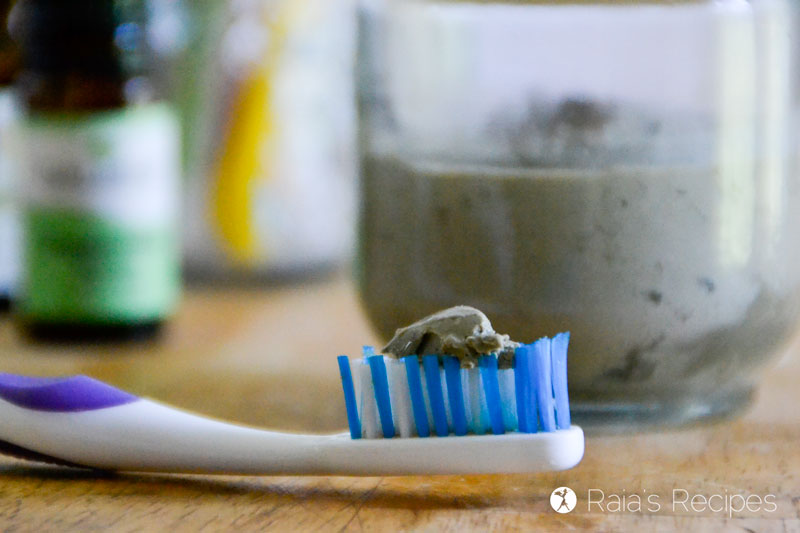 A better alternative.
A better alternative.
Neither my husband nor I can handle sodium lauryl sulfate in anything, so I set out to try and make my own toothpaste to rid it from our lives forever! Thankfully making your own toothpaste is easy, and not at all expensive, either! All you need are a few ingredients and an air-tight container to store it in.
Homemade toothpaste is not only wonderful because of the healthy ingredients you can use, but also because you can fit the ingredients to your own personal likes and needs. When I first gave up conventional toothpaste, I just used baking soda because of its ability to whiten teeth and remove plaque. After a while, I traded that in for wonderful detoxing bentonite clay. This “dirt,” as my husband calls it, absorbs and removes toxins, heavy metals, and chemicals.
Soon after switching to clay for my teeth I added in coconut oil and essential oils. Coconut oil is simply amazing for 100s of reasons, but for dental care, it’s especially wonderful. It stops the growth of tooth decaying bacteria! And though there are a few different oils you can use for dental health, I chose peppermint, clove bud, and melaleuca.
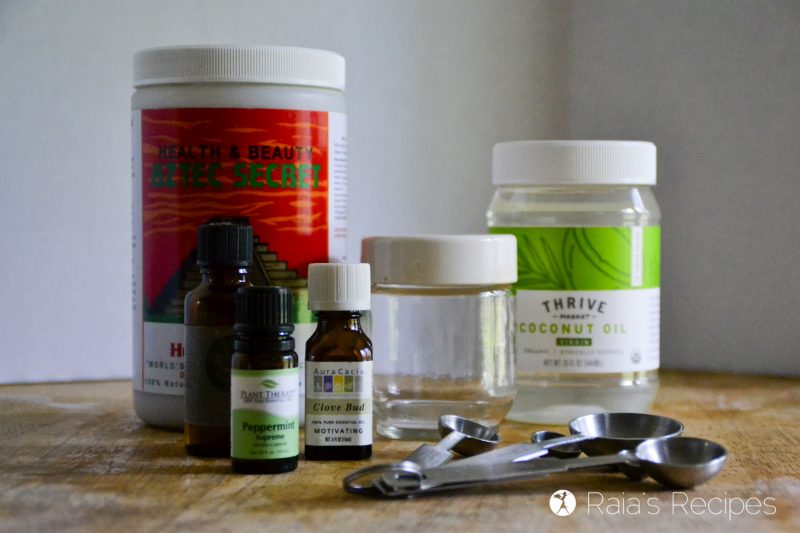 Essential oils.
Essential oils.
- Peppermint – kills anaerobic bacteria and prevents the development of biofilm that contributes to cavities.
- Cloves – a broad-spectrum antimicrobial that inhibits pathogenic bacteria.
- Melaleuca – prevents gingivitis and periodontitis due to its antibacterial properties, fights infectious microorganisms that destroy healthy tissues in the mouth, cause plaque, receding gums and tartar deposits, and suppresses odor-causing bacteria, and (bonus points!) heals canker sores!
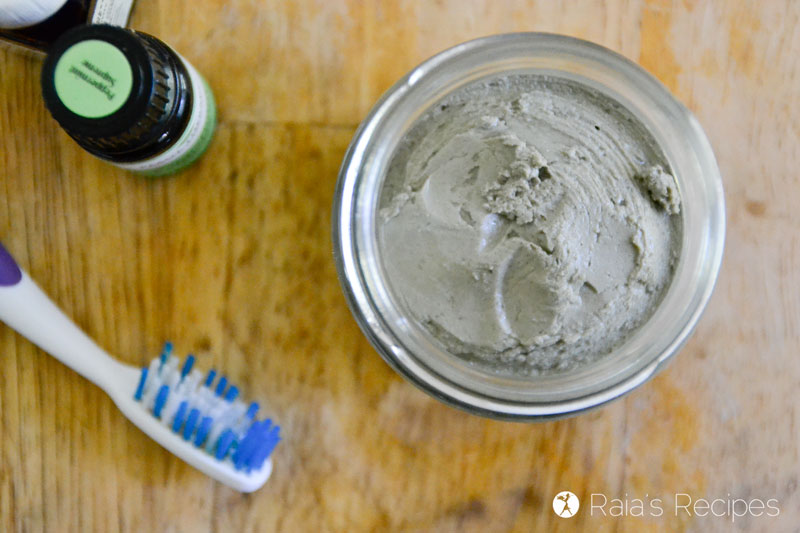 Important notes.
Important notes.
Don’t ingest it! Though there are wonderful people out there who ingest essential oils and can reason well for why they do, I don’t advise anyone to ingest them, and therefore would advise against ingesting this toothpaste. If you accidentally swallow some, don’t freak out, just don’t eat it…
Don’t use metal with it. Because of bentonite clay’s ability to remove heavy metals, it’s sorta important to make sure you don’t use metal utensils when mixing up your toothpaste and don’t store it in a metal container, either!
Coupons and Freebies for Easy DIY Non-Toxic Toothpaste
I am always asked about my favorite ingredients and what I use in my own kitchen. I have linked to the products from my affiliate partners that I personally use and recommend. And now, here are the special coupon offers that select affiliate partners are currently offering:
- Thrive Market: If you sign up through this link, you will get 15% OFF your first order.
- Amazon, of course, has everything you need for this recipe. Their prices are often very good, though I love to shop around and sometimes find that Thrive Market has better deals. If you like saving money, it’s good to shop around! 🙂
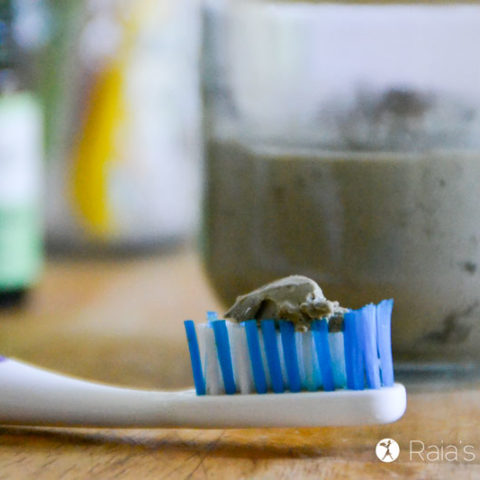
DIY, Non-Toxic Toothpaste
Looking for an affordable, non-toxic way to brush your teeth? Give this easy, DIY, Non-Toxic Toothpaste a try!
Ingredients
- 1/4 c. bentonite clay
- 1 T. baking soda
- 2 T. coconut oil
- 10 drops peppermint essential oil
- 10 drops clove essential oil
- 5 drops melaleuca essential oil
- 3 T. boiling filtered water
Instructions
- Mix everything but the essential oils in a non-metallic bowl or container (I usually mix it up right in the container I'll be storing it in). Add more water to reach desired consistency.
- When mixture cooled, add essential oils.
- Store in tightly covered non-metallic container.
- Keep out of direct sunlight.
Recommended Products
As an Amazon Associate and member of other affiliate programs, I may earn a small commission from qualifying purchases.
-
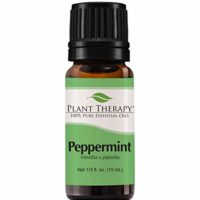 Plant Therapy Peppermint Essential Oil | 100% Pure, Undiluted, Natural Aromatherapy, Therapeutic Grade | 10 Milliliter (⅓ Ounce)
Plant Therapy Peppermint Essential Oil | 100% Pure, Undiluted, Natural Aromatherapy, Therapeutic Grade | 10 Milliliter (⅓ Ounce) -
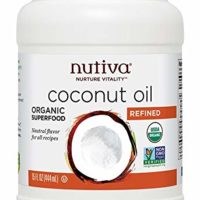 Nutiva Organic, Cold-Pressed, Unrefined, Virgin Coconut Oil
Nutiva Organic, Cold-Pressed, Unrefined, Virgin Coconut Oil -
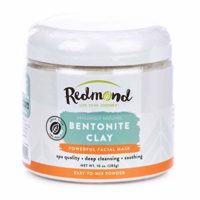 Redmond Clay - Bentonite Clay – 100% Natural Sodium Bentonite and Calcium Clay of 1000 Uses (10 oz.) – Soothing Facial Mask. Beauty and Personal Care
Redmond Clay - Bentonite Clay – 100% Natural Sodium Bentonite and Calcium Clay of 1000 Uses (10 oz.) – Soothing Facial Mask. Beauty and Personal Care
Pin this DIY, Non-Toxic Toothpaste for later!
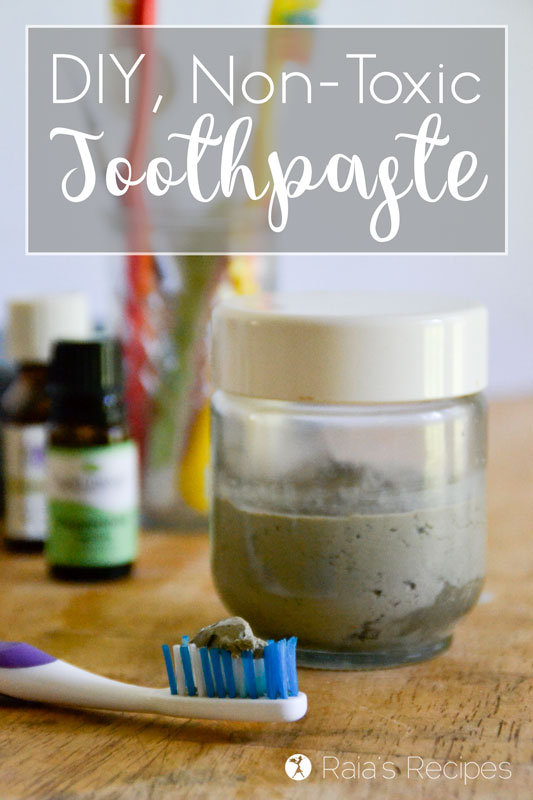

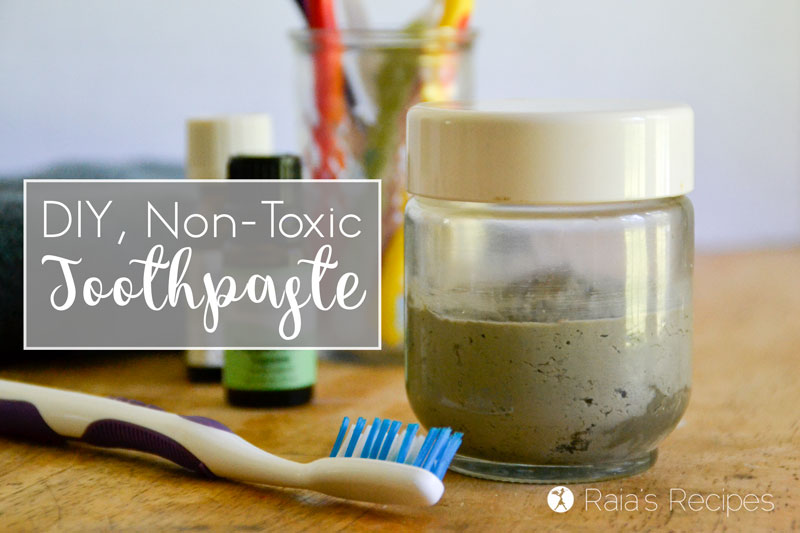
12 Comments